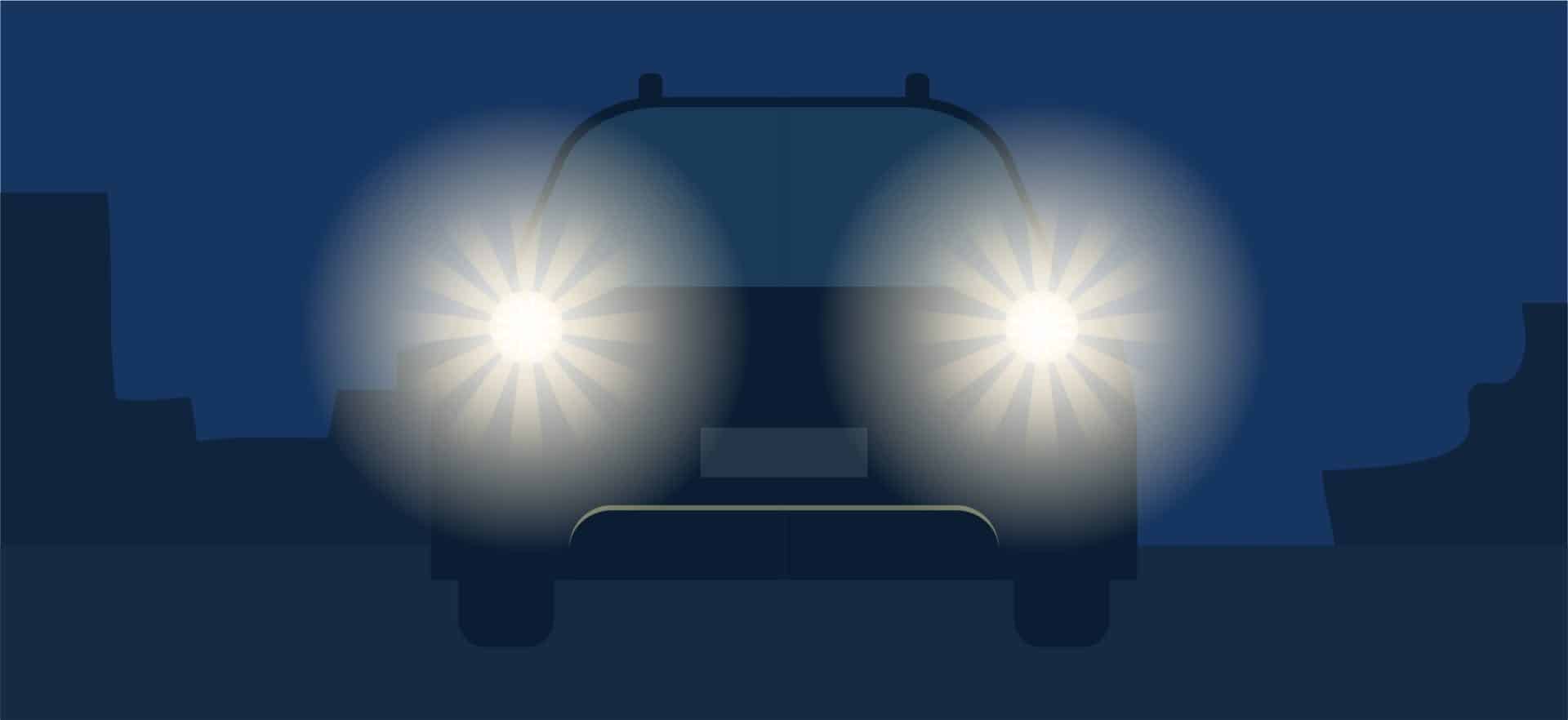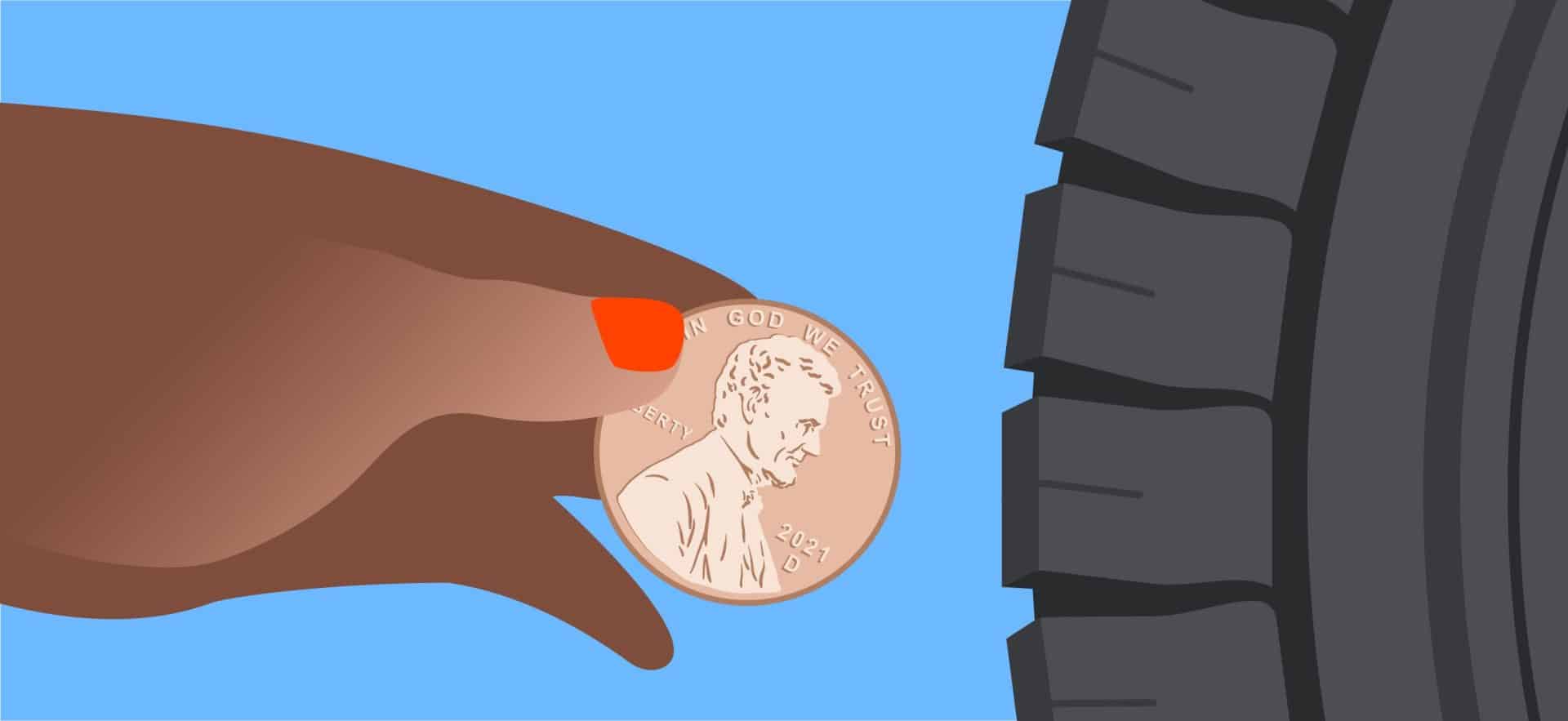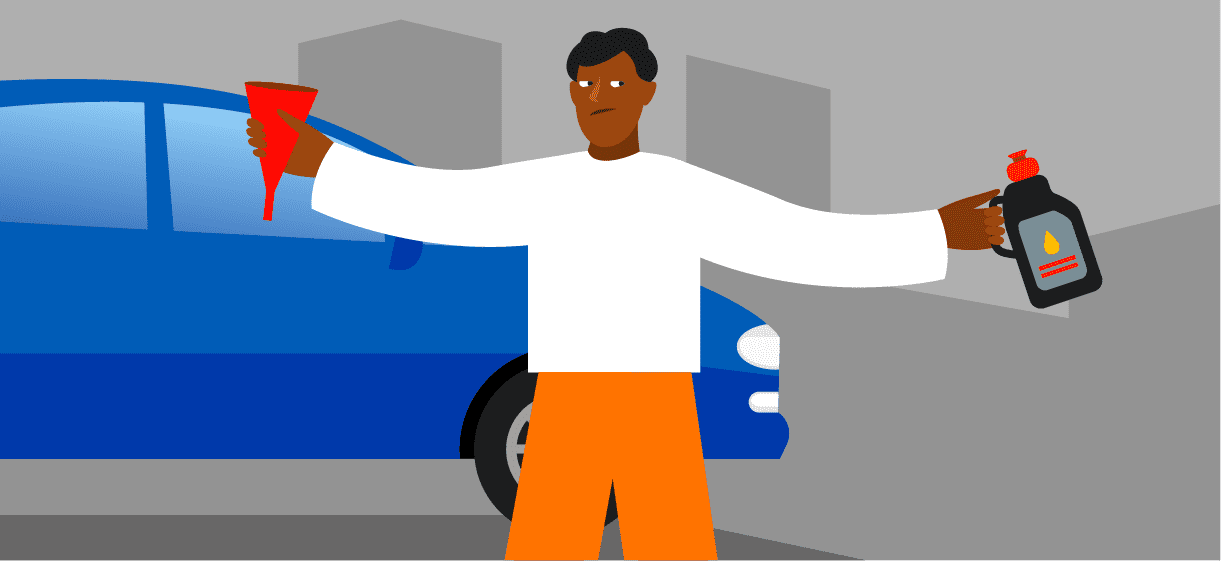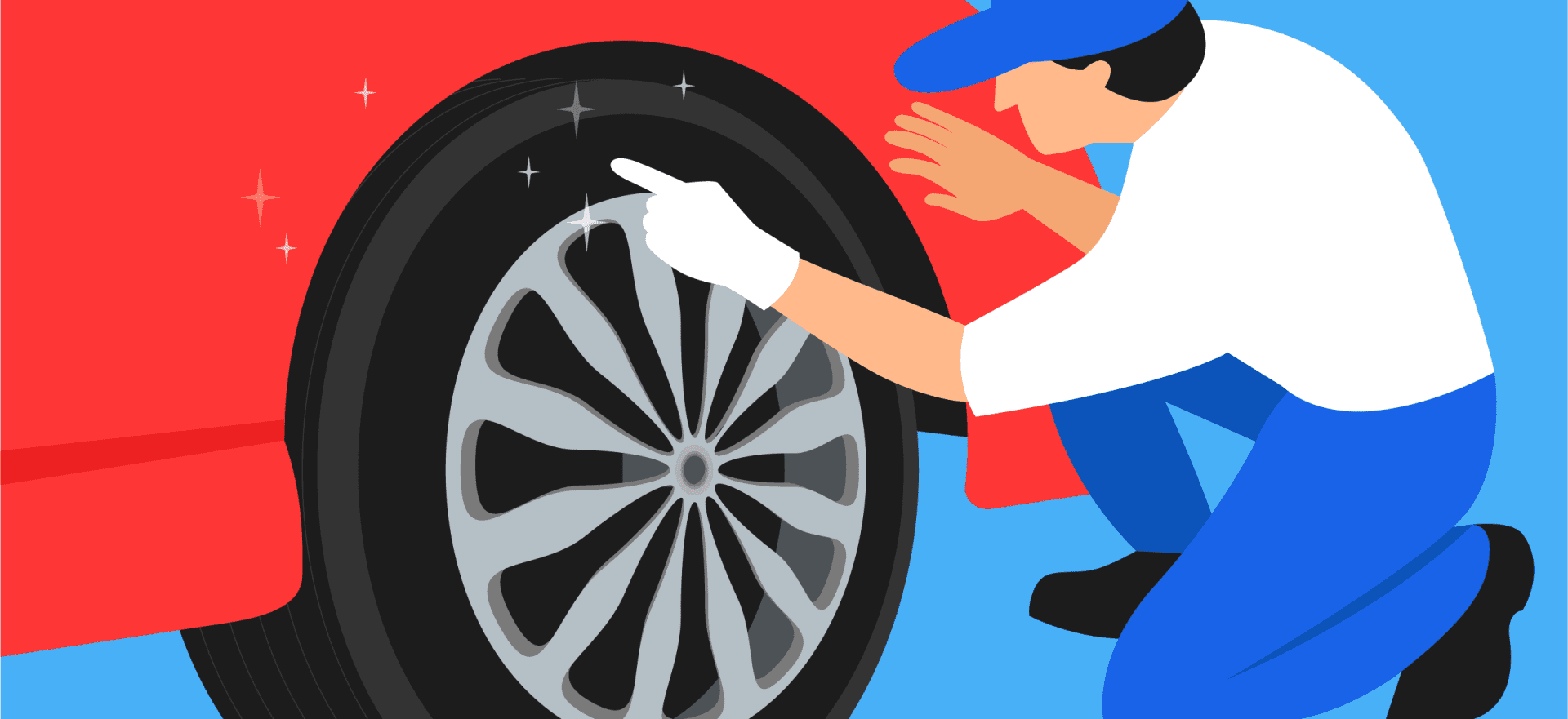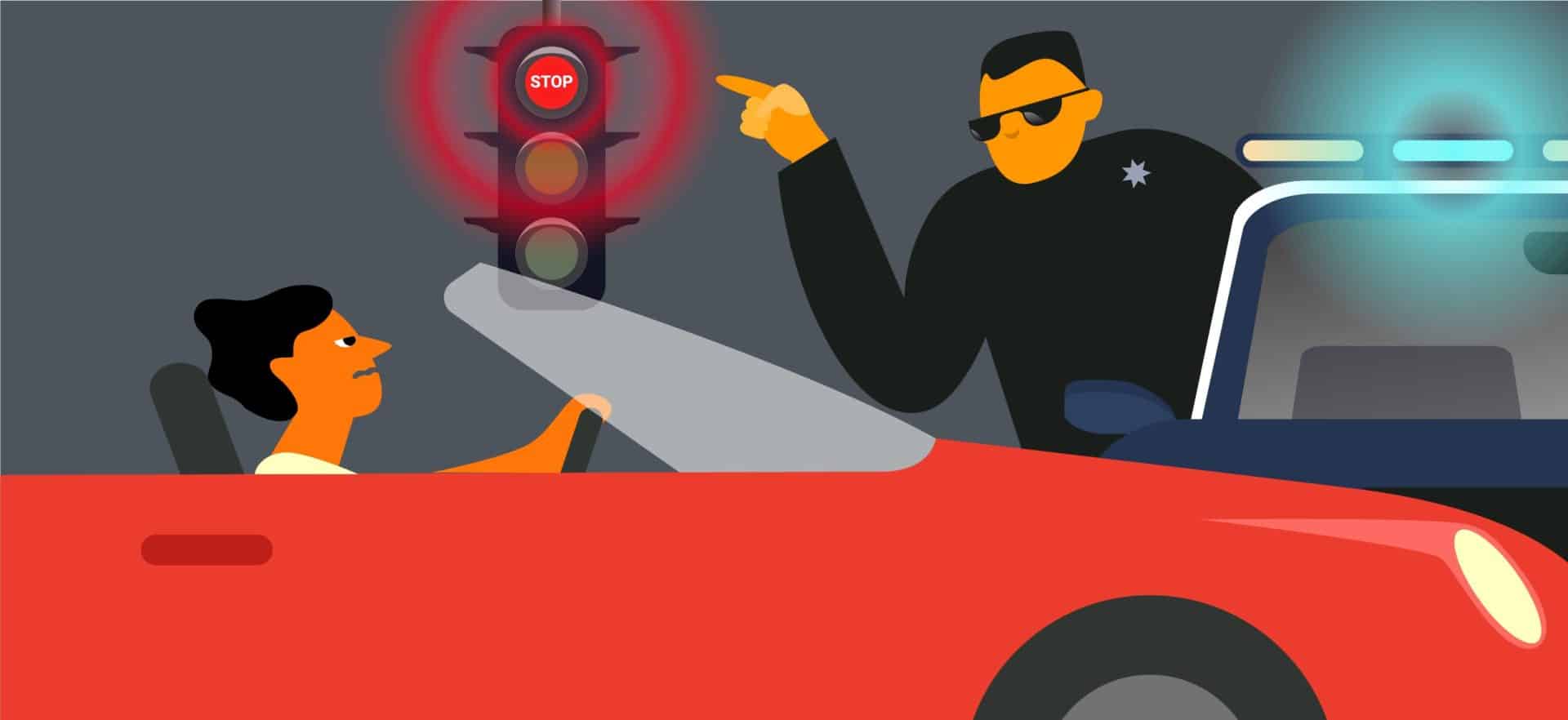Rust on cars is an unwelcome inevitability that, if left unchecked, can send your prized vehicle to an early retirement. Understanding how to fix rust on a car, recognizing early signs, and addressing them promptly can save you not just money but also prolong your car’s lifespan. This guide offers a comprehensive step-by-step approach to tackle rust effectively.
Moreover, if you’re lucky enough to have a rust-free car, we’ve got you covered! Dive in to discover preventative measures that ensure your vehicle remains in pristine condition. Stick around till the end to equip yourself with a list of essential tools, supplies, and our top picks for car rust removal products, curated from extensive market research.
Rust on Cars: How It Forms and How to Spot It

Every car owner dreads the sight of rust. This flaky brown substance, common on metal surfaces, is more than just an eyesore; it’s a telltale sign of oxidation. In simpler terms, when the iron in metal reacts with oxygen, it produces iron oxide — commonly known as rust.
While iron tends to rust slowly, it isn’t the prime choice for car construction due to its weight and lack of flexibility. Instead, our vehicles are crafted from steel alloys, designed for durability and lightweight performance.
However, there’s a trade-off — these alloys, despite offering advantages, are prone to car rust at a more accelerated pace. Thankfully, protective coatings are applied during auto rust repair and production to stave off early rusting. Yet, daily commutes, minor accidents, and the constant wear-and-tear can break down these coatings, making areas vulnerable to oxidation effects.
Several environmental factors can speed up the rusting process:
- Scratches and Accidents: Any damage that chips away the paint or protective coating can expose the underlying metal. This is a gateway for rust spots on car surfaces, initiating the corrosion process.
- Salt Exposure: Living close to the sea introduces your vehicle to salty air, which can wear away protective coatings faster. Moreover, in colder regions where road salt combats ice, your vehicle faces another rust-inducing adversary. Regular exposure to road salt can lead to more frequent instances of rust on car paint and bodywork.
It’s essential to differentiate between the main types of rust that can plague your vehicle:
- Surface Rust: This is the initial stage where rust starts to form on the outer layer of the car’s metal. It’s easier to manage and typically doesn’t pose a significant threat.
- Penetrating Rust: More severe than mere rust spots on car surfaces, this type eats deeper into the metal. It can lead to extensive damage, even creating holes in the bodywork.
For those wondering how to stop rust from spreading on a car, this guide’s primary focus is on addressing and repairing surface rust before it turns your beloved vehicle into what might look like rusted car art. Recognizing these early signs and knowing how to fix rust spots on a car is crucial to maintaining its appearance and structural integrity.
Traffic school can help you keep a clean driving record, prevent insurance increases, and more!
Preventing Rust: Essential Steps to Protect Your Car
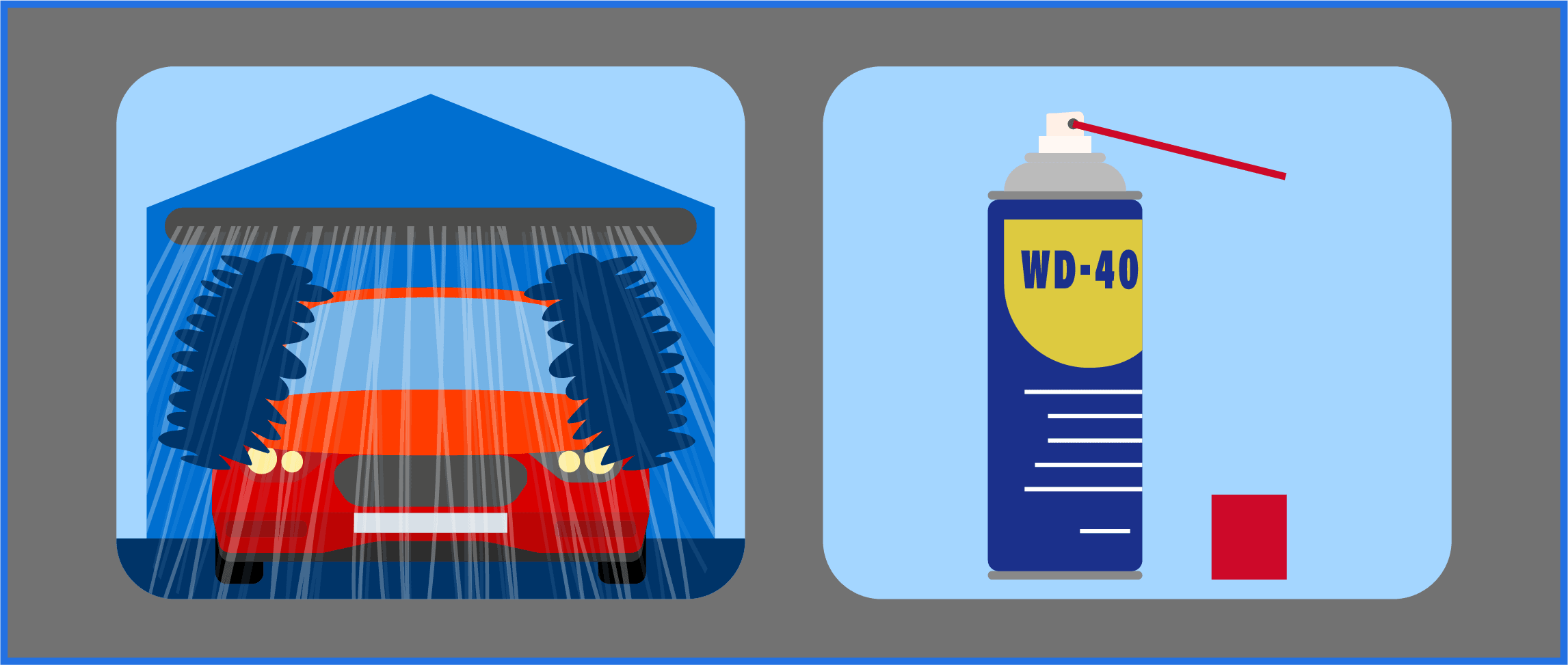
After investing time and effort in car rust repair, it’s only natural to want to prevent it from reoccurring. While understanding how to fix rust on a car is vital, knowing how to stop rust from forming in the first place is equally crucial. Here are proactive measures to ensure your car remains rust-free:
- Regular Cleaning: One of the most effective ways to stop rust on a car is by keeping it clean. Dirt, salt, and other contaminants can accumulate on the vehicle’s surface and in its crevices, promoting rust formation. Regular trips to the car wash, especially those with undercarriage cleaning options, can help wash away these potential rust-causing agents.
- Address Body Damage: Even minor dents or scratches can expose the metal underneath the paint, making it vulnerable to rusting. Promptly addressing any body damage can prevent small issues from escalating into more significant rust problems.
- Check Drain Holes: Popular Mechanics emphasizes the importance of checking rainwater drain holes located at the bottom of car doors and rocker panels. These holes can become clogged over time. Using a pipe cleaner or similar tool, ensure they’re clear, allowing water to drain and preventing rust buildup.
- Use Rust Stoppers and Lubricants: Rust stopper for cars is an excellent preventative measure. Products like WD-40 not only offer lubrication but also provide a protective layer against corrosion. Its thin nozzle can reach tight underbody areas, efficiently blasting away water or corrosive residues.
In the upcoming sections, we’ll delve deeper into the best rust stoppers for cars, offering recommendations based on our extensive research. From conventional solutions to innovative products, you’ll find tools and tips that suit your needs and budget.
Steps to Repair Rust on a Car

First, you’ll want to get started by gathering everything you’ll need to get the job done:
- Automotive touch-up paint: Find your car’s paint code in the engine compartment or trunk, or utilize an online search engine for precision.
- Aerosol cans or rollerball applicators: As advised by The Family Handyman, these are preferred over spray guns due to the challenges associated with mixing automotive paint with reducers in varying conditions.
- Base coat and clear coat: Ensure you purchase equal amounts of both to avoid running short during the process.
- Primers: Begin with an epoxy primer that adheres to the metal. Subsequently, a lacquer primer is required for the paint to bond effectively.
- Sanding tools: If you don’t have a power sander suitable for vehicles, opt for low, medium, and high-grit sandpaper, paired with a sanding block. A portable sander can also be a worthy investment for larger tasks.
- Painting supplies: Protect unaffected sections of your car using poly sheeting or newspapers, affixed with blue painter’s tape.
- Grease and wax remover: A vital tool to eliminate accidental spills or marks of paint, lacquer, or epoxy.
- Microfiber and tack cloth: Given the dust from sanding, these items ensure your vehicle is pristine and ready for painting.
How to Fix Rust on a Car: Step By Step Guide

Now that you’ve gathered all the necessary materials, it’s time to tackle that pesky rust! Make sure that when you’re planning this project, you give yourself plenty of time. Most of what makes this process take a little longer is waiting for all the paints and coatings to dry–you want your car covered and off the road during that time. Ready? Let’s get started with the step-by-step instructions:
1. Isolate your work area: Secure poly sheeting over your car’s surface using painter’s tape. Ensure only the rusted area and its immediate surroundings are exposed. If addressing a wheel well, consider removing the tire for better access.
2. Begin removing the rust: Initially, use a scraper to dislodge major rust chunks. Then, start with low-grit sandpaper to sand the rusted areas down to bare metal. Progress with medium-grit to feather the edges and conclude with high-grit for a smooth finish.
3. Prep for painting: Once the metal surface is smooth and devoid of rust, utilize a tack cloth to remove any lingering dust. Subsequent cleaning with a grease-cutting detergent ensures optimal paint adherence.
4. Epoxy and primer: In the event of deep rust causing surface indentations, fill them with an epoxy primer, followed by a filler primer. Additional sanding and lacquer primer might be necessary to achieve the desired finish.
5. Time to paint: Using a rollerball applicator or a small brush, apply touch-up paint that matches your car’s color. For best results, apply in thin layers, allowing each layer to dry before applying the next.
6. Clear Coat: After the touch-up paint has dried, finish by applying a clear coat to give it a glossy finish. This not only enhances the appearance but also adds an extra layer of protection against the elements.
7. Buff and Polish: After the clear coat has dried (preferably after 24-48 hours), gently buff the area with a microfiber cloth to blend the new paint with the surrounding area. If desired, apply car wax for added shine and protection.
Removing Rust Without Sanding:
Rust can be invasive and time-consuming to remove, especially when using traditional sanding methods. However, there are several methods to eliminate rust without the dust and elbow grease that sanding entails:
- Chemical Rust Removers: These are specially formulated products available at auto stores that can effectively dissolve rust upon application. The process is generally straightforward. You apply the remover to the rusted area, allow it to sit for the time recommended on the product’s label, and then wipe or wash it off. However, remember to wear gloves and protective eyewear, as these chemicals can be potent.
- Vinegar Bath: For smaller car parts, a white vinegar bath can be effective. Submerge the rusted part in vinegar and let it sit for a couple of hours. The acid in the vinegar will help dissolve the rust. After removal, rinse the part with water and dry it immediately.
- Lemon and Salt: Another natural method is to sprinkle salt over the rusted area and then squeeze a lemon or lime over it. Let the mixture sit for 2-3 hours. The combination of salt’s abrasive nature and the citric acid will help break down the rust.
- Baking Soda Paste: Apply a thick layer of baking soda mixed with water over the rust spot. Allow it to settle for a few hours, then scrub it off using a brush.
No matter which method you choose, always remember to clean the area thoroughly after rust removal and apply a suitable primer and paint to prevent rust from returning.
How Much Does Rust Repair Cost?
The cost of rust repair can vary dramatically based on various factors. On the lower end, if you’re dealing with minor surface rust, and you’re opting for a DIY approach, you might spend as little as $20 to $50 on materials like sandpaper, paint, and sealants.
However, for more severe rust damage that requires professional intervention, the costs can escalate quickly. A professional repair for minor rust spots can start from $100 to $500. If the rust has penetrated deeper into the car’s body or affected a larger area, you might be looking at costs ranging from $500 to $2,500. In extreme cases where rust has compromised the structural integrity of the car or requires entire panel replacements, the repair bills can exceed $3,000.
Products We Recommend to Fix Rust on a Car
Ensuring the longevity and pristine look of your vehicle often comes down to using the right products. When tackling rust, the product choice can significantly impact the effectiveness and durability of the repair. Here are our top product recommendations for addressing rust on your car:
POR-15 Stop Rust Kit
- Best For: Budget-friendly comprehensive rust solution.
- Coverage: Up to six-foot space.
- Price: Under $30.
- Features: Comprehensive kit with tools for cleaning, prepping, and coating. Delivers a rust-preventative “hammer tough” finish.
Review Highlight: An Amazon user shared their success story with this kit, narrating their experience with an old van plagued by significant rust spots. After applying the POR-15 kit, the rusted areas became fully protected against further rusting. The product earned high praise for its efficacy and ease of use.
TCP Global Painter’s Grade Tack Cloths
- Best For: Ensuring a debris-free, pristine finish.
- Material: Wax- and silicone-free.
- Features: Professional grade, designed for automotive and other finishing jobs. Anti-static properties ensure a smooth finish.
Why We Recommend: Eliminating rust is step one, but to achieve that showroom shine, your surface needs impeccable preparation. These cloths, with their subtle stickiness, ensure a thoroughly cleaned surface, making them indispensable for your restoration toolkit.
STA-BIL Rust Stopper
- Best For: Rust prevention and protection in tight spaces.
- Features: Extended nozzle for hard-to-reach areas, durable film surface that resists harsh conditions, user-friendly application.
Why We Recommend: Prevention is always better than cure. With the STA-BIL Rust Stopper, you’re not just addressing existing rust but also preventing its recurrence. It’s versatile, effective, and simple to use, ensuring your vehicle remains protected in diverse conditions.






